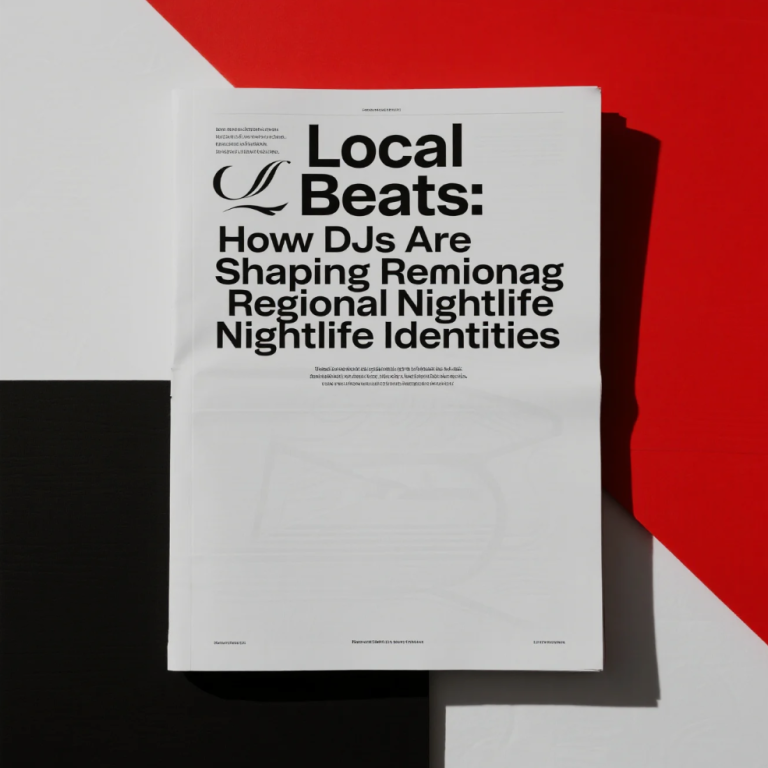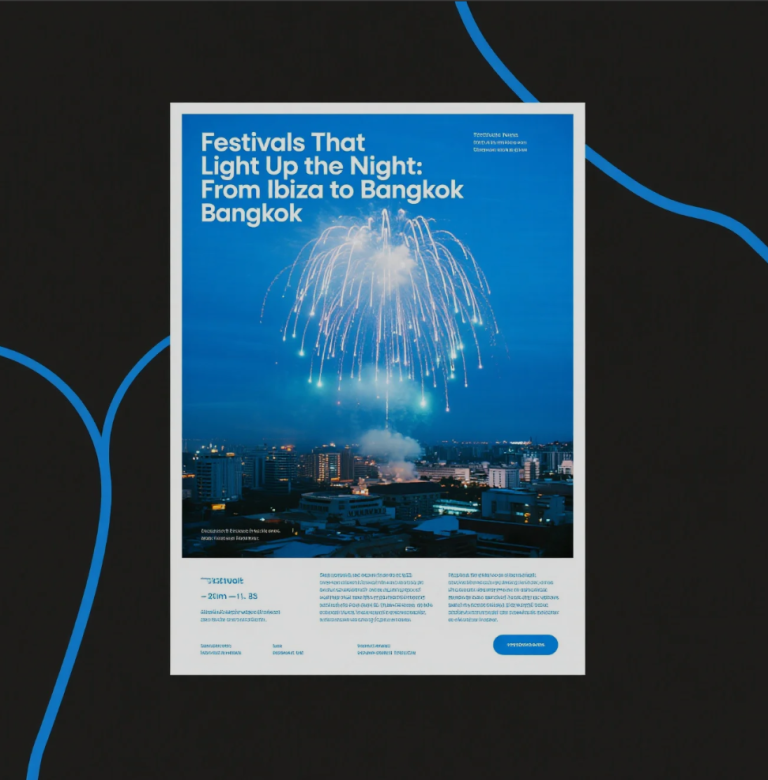
Cities never truly sleep — and nightlife plays a major role in shaping the identity, economy, and creativity of urban spaces. From vibrant night markets to buzzing clubs and intimate jazz bars, nightlife is more than just entertainment — it’s a cultural engine that reflects the soul of a city.
1. Nightlife as a Cultural Mirror
Nightlife often highlights the unique personality of a city. Whether it’s Bangkok’s lively night bazaars, Berlin’s underground techno scene, or New Orleans’ jazz bars, nighttime activities reveal a city’s values, tastes, and artistic identity.
2. Economic Impact
The nighttime economy contributes billions of dollars globally each year. Bars, restaurants, theaters, and live music venues provide jobs and attract tourism, making nightlife a key economic driver for urban growth.
3. Creativity and Innovation
Nightlife serves as a playground for artists, musicians, and innovators. It provides spaces where new ideas are tested — from experimental performances to groundbreaking music genres — shaping a city’s cultural evolution.
4. Social Connection and Inclusion
Nightlife encourages people from diverse backgrounds to connect, breaking down social barriers. LGBTQ+ clubs, cultural festivals, and inclusive nightlife venues create safe spaces for expression and community building.
5. Urban Identity and Global Reputation
Many cities are defined by their nightlife: Las Vegas is synonymous with 24/7 entertainment, while Ibiza is known as the global party capital. Nightlife becomes a brand that attracts visitors and influences how the world sees a city.
6. Challenges and Balance
Despite its benefits, nightlife can also bring challenges — noise pollution, gentrification, and safety concerns. Cities must balance a thriving nightlife with regulations that ensure safety, accessibility, and sustainability.
Conclusion
Nightlife is not just about leisure — it’s a vital part of urban culture, fueling creativity, driving the economy, and shaping how people connect. A city’s nighttime pulse often tells the most vibrant story of its identity.
Another article:



